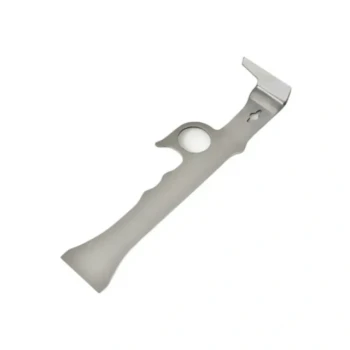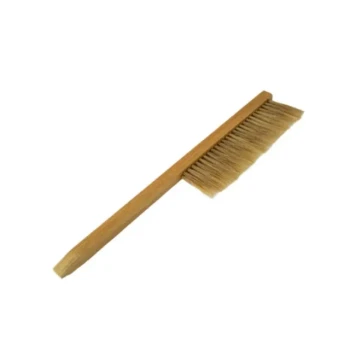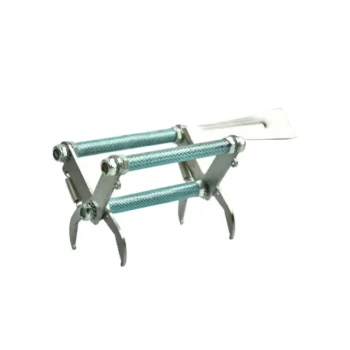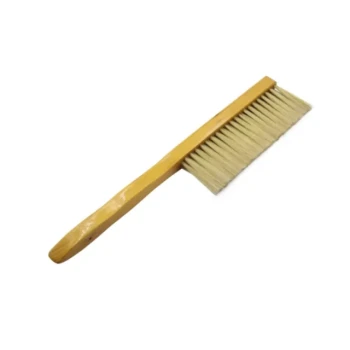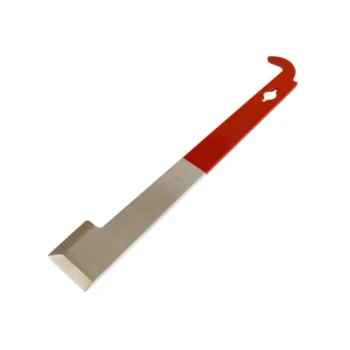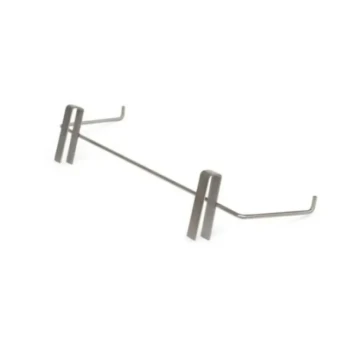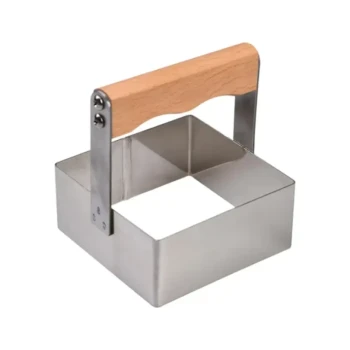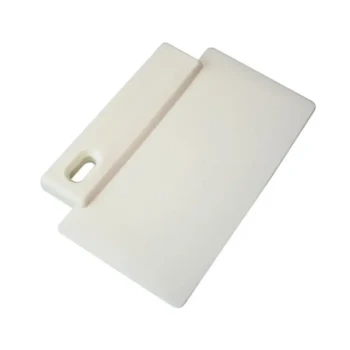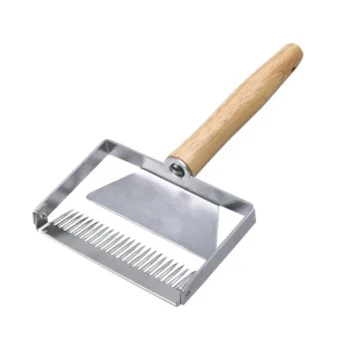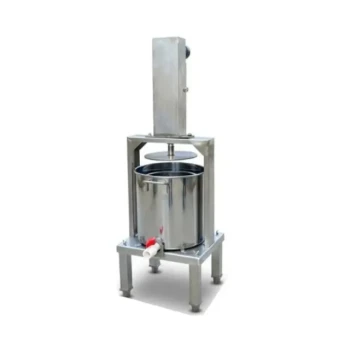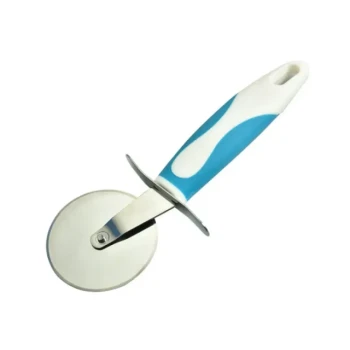Starting your beekeeping journey? The right equipment isn’t just about convenience—it’s about safety, efficiency, and ensuring your bees thrive. This guide breaks down the must-have tools, their practical uses, and how to choose gear that matches your goals.
Beekeeping Equipment Basics
Protective Gear: Safeguarding Beekeepers
Bee stings are inevitable, but proper protection minimizes risks. Key items include:
- Bee Suit/Jacket and Veil: Full-body suits with attached veils shield against stings, while ventilated designs prevent overheating. Light colors (white or tan) are ideal, as dark shades can agitate bees.
- Gloves: Durable yet flexible gloves protect hands without sacrificing dexterity. Opt for goat leather or nitrile-coated options for balance between defense and tactile sensitivity.
Why it matters: Research shows that agitated bees target exposed skin and dark clothing. Protective gear reduces stress for both you and the colony during inspections.
Hive Management Tools: Building and Maintaining Colonies
Efficient hive management hinges on a few core tools:
- Hive Tool: This multi-purpose scraper pries apart frames glued with propolis (bee “glue”), cleans debris, and lifts components. Stainless steel models resist rust.
- Bee Smoker: A game-changer for inspections. Smoke masks alarm pheromones, calming bees and reducing defensive behavior. Use fuels like pine needles or burlap for cool, long-lasting smoke.
- Frame Rest: Holds removed frames during inspections, preventing damage to bees or comb.
Pro tip: Beginners often underestimate how quickly hives become heavy. A frame rest saves your back during lengthy checks.
Honey Harvesting Essentials: From Extraction to Storage
When it’s time to harvest, these tools preserve honey quality:
- Honey Extractor: Centrifugal models spin frames to extract honey without destroying comb. Manual extractors suit small-scale beekeepers; motorized versions handle larger volumes.
- Queen Excluder: Placed between hive boxes, this grid prevents the queen from laying eggs in honey supers, keeping brood and honey separate.
- Uncapping Knife/Scratcher: Removes wax caps from honeycomb cells before extraction. Heated knives slice cleaner but require caution.
Did you know? Langstroth hives dominate honey production because their modular design lets you scale honey supers as needed.
Choosing the Right Equipment
Budget-Friendly vs. Professional-Grade Tools
- Entry-Level: Starter kits often include a veil, smoker, and hive tool. Ideal for hobbyists testing the waters.
- Commercial-Grade: Heavy-duty extractors, ventilated suits, and stainless steel tools suit high-volume beekeepers.
Common pitfall: Cheap plastic hive tools bend under pressure. Investing in mid-range steel tools avoids replacements.
Common Mistakes to Avoid When Buying Equipment
- Delaying Purchases: Hives and suits need assembly/painting before bees arrive. Procrastination leads to rushed setups.
- Overlooking Climate: In hot regions, ventilated suits prevent heat exhaustion. Colder climates may require insulated hive wraps.
Ready to Start Your Beekeeping Journey?
Equip yourself with HONESTBEE’s durable, beginner-friendly gear—trusted by commercial apiaries and distributors worldwide. From ventilated suits to precision hive tools, we help you focus on nurturing colonies, not troubleshooting equipment.
Explore our wholesale-focused solutions today and build a thriving apiary with confidence.
Visual Guide

Related Products
- HONESTBEE Advanced Ergonomic Stainless Steel Hive Tool for Beekeeping
- White Beekeeping Protective Suit and Hat with Fencing Veil for Beekeepers
- Wholesales Dadant Size Wooden Bee Hives for Beekeeping
- Heavy Duty Cowboy Beekeeper Hat with Visibility Veil Outdoor Professional Beekeeping Protective Gear
- Classic Wooden Bee Brush with Double-Row Boar Bristles
Related Articles
- Strategic Summer Hive Management: Maximizing Flow Super Efficiency While Preserving Colony Health
- How to Choose the Best Beehive Type for Your Climate and Terrain
- The Comprehensive Benefits of Beekeeping
- How to Relocate Beehives Safely: A Science-Backed Guide for Beekeepers
- How to Build a Smarter Beekeeping Tool kit: Strategic Tools for Every Hive Challenge

